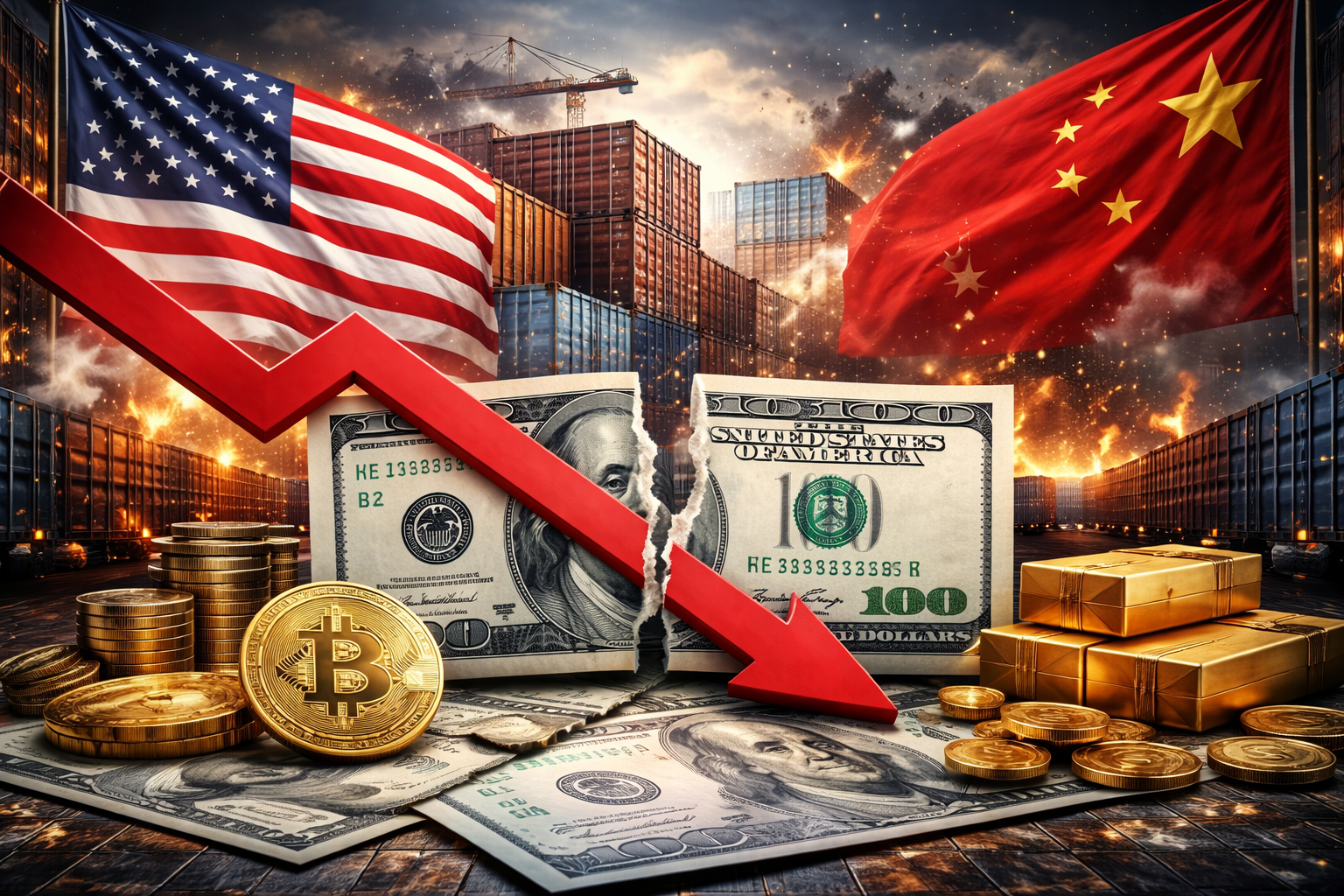Introduction: Africa’s Copper Powerhouses Push for Greater Control
As demand for copper surges due to the rise of artificial intelligence (AI) and green energy initiatives, two of Africa’s top copper-producing nations—the Democratic Republic of Congo (DRC) and Zambia—are seeking to capture a larger share of trading profits. Historically, international trading houses have dominated the copper supply chain, leaving producing countries with minimal participation in price setting and sales profits. However, with global copper prices climbing and supply constraints becoming more pronounced, these nations are now pushing for more direct involvement in metal trading.
Why This Matters for Investors
Copper is a critical metal for the global economy, serving as a backbone for renewable energy infrastructure, AI-powered computing, and electric vehicle (EV) production. As the DRC and Zambia aim to secure a larger role in copper sales, their actions could reshape the metal’s supply chain dynamics, influencing prices, trade flows, and the profitability of international commodity firms.
Key Market Drivers:
- AI and Renewable Energy Boom: Copper is a fundamental component in AI data centers, electric grids, and EV batteries, driving long-term demand.
- Supply Chain Realignment: If African nations succeed in controlling more of their copper sales, global buyers may have to negotiate directly with national entities rather than third-party traders.
- Geopolitical Considerations: Countries seeking resource sovereignty could introduce new trade regulations or national partnerships, impacting copper’s availability and pricing.
Future Trends to Watch
1. Growing Influence of State-Controlled Copper Trading
By taking greater control over copper sales, the DRC and Zambia could reduce the dominance of major global trading houses such as Glencore and Trafigura. This could lead to price-setting mechanisms that favor producer nations, similar to how oil-producing countries influence crude markets.
2. China’s Role in Africa’s Copper Market
China, the world’s largest copper consumer, already has deep ties with African mining operations. If the DRC and Zambia successfully shift more sales to government-controlled trading entities, China’s direct copper purchasing strategies may evolve, impacting global market dynamics.
3. Impact on Copper Prices and Mining Investment
Investors should monitor whether this push for more control affects the incentives for foreign mining companies operating in these regions. A shift in policy could either encourage or deter new investment, ultimately influencing copper supply and pricing.
Investor Insight: Key Takeaways
- Strategic Realignment: Copper supply chains may see a shift in power from traditional Western trading firms to producer nations, altering global trade patterns.
- Market Implications: Greater state control over copper trading could lead to price adjustments and increased volatility in the short term.
- Long-Term Investment Outlook: With copper’s critical role in AI and clean energy, investors should track how supply chain shifts impact both mining companies and industrial buyers.
Final Thoughts: The Future of Copper Trading in Africa
As the DRC and Zambia push for a larger share of copper trading profits, global investors must assess the impact on supply chains, pricing, and international trade relationships. With copper’s strategic importance growing in the AI and renewable energy sectors, staying informed on these developments will be crucial. For more insights on commodities, emerging markets, and global finance, follow MoneyNews.Today.





